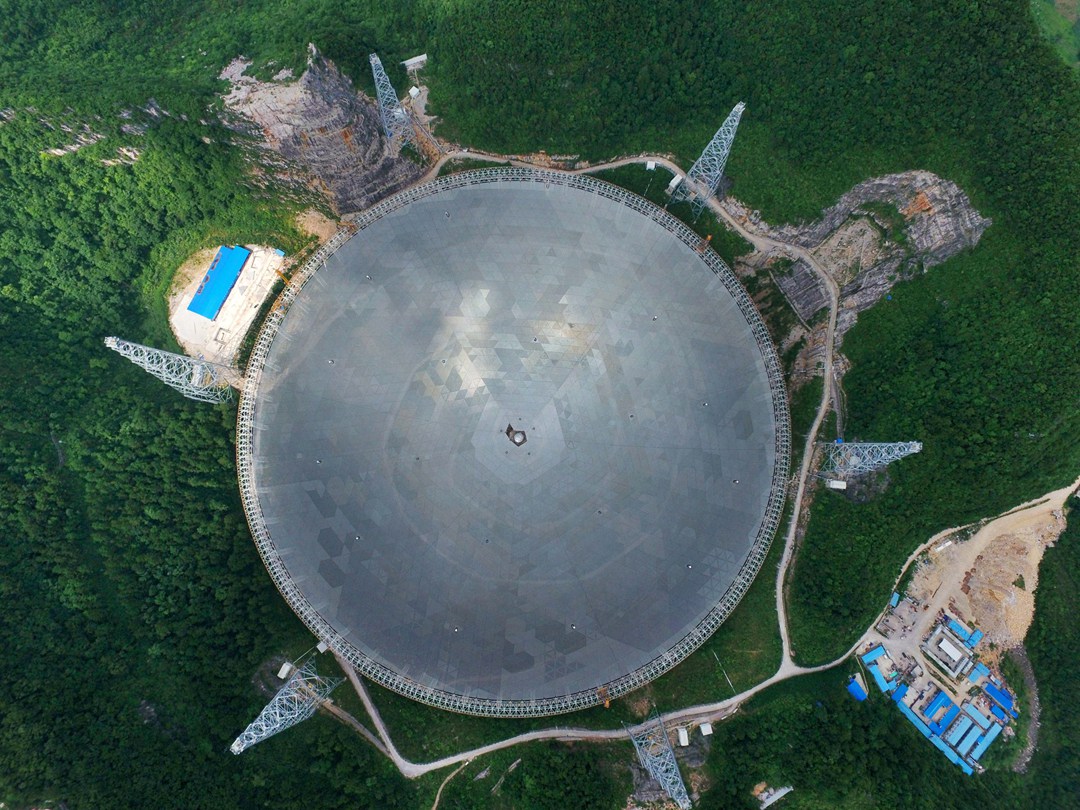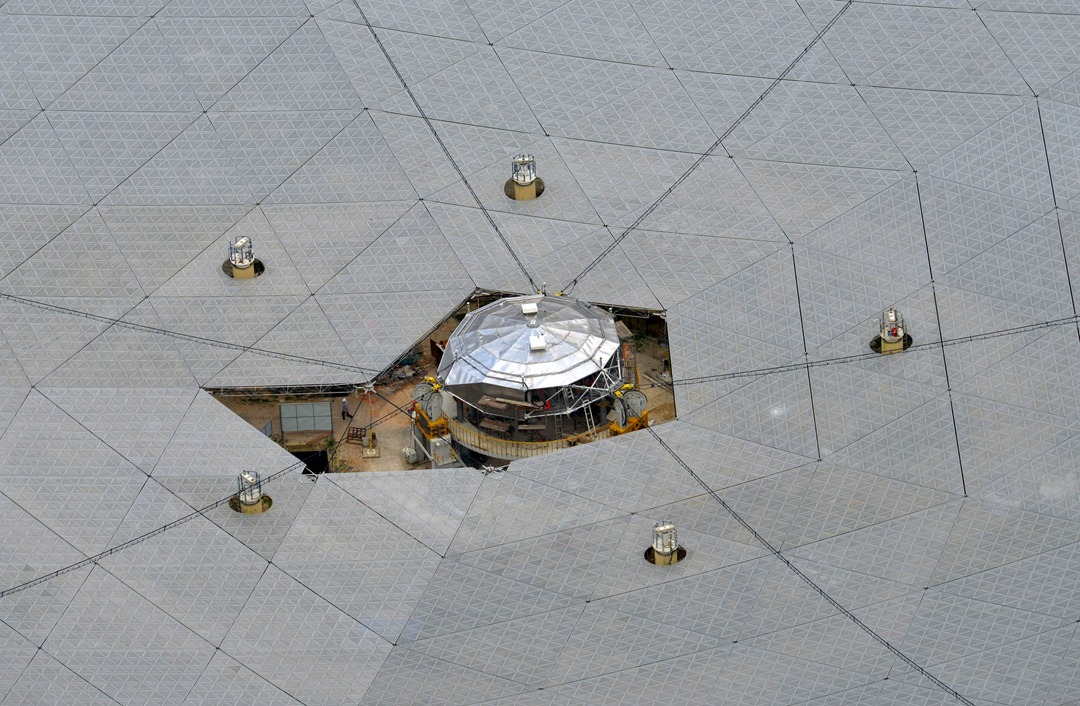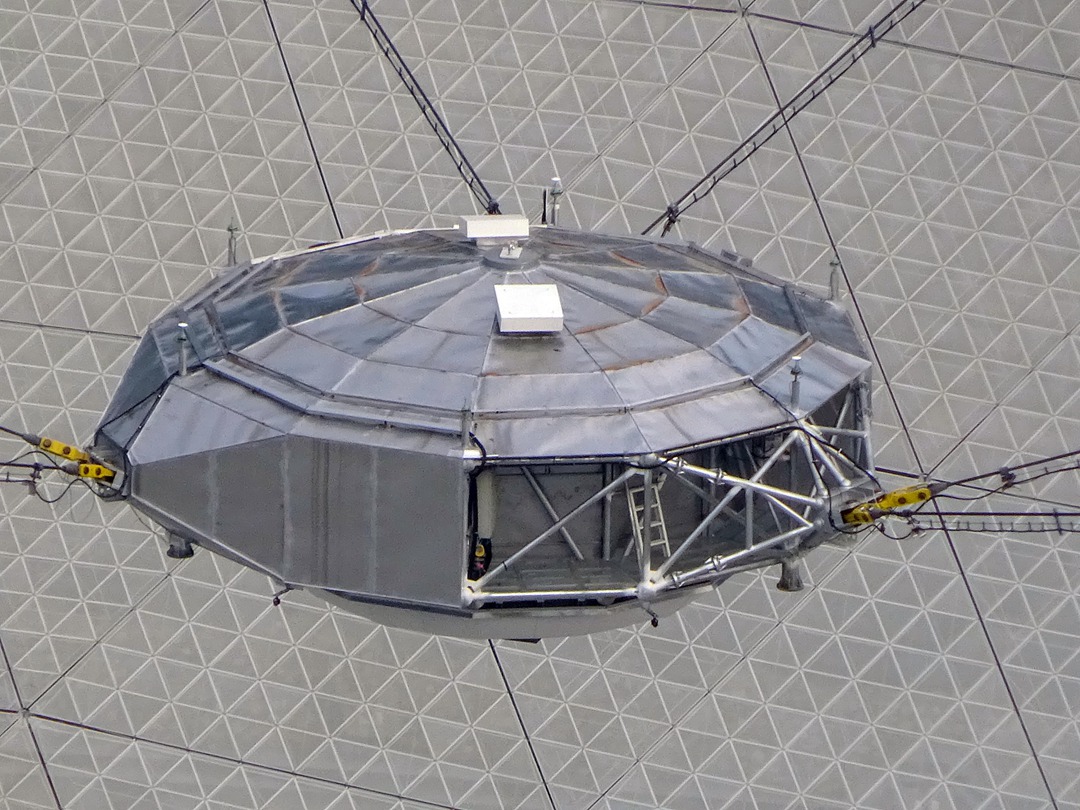
Tech & Sci
19:13, 25-Sep-2016
China puts world’s largest radio telescope into operation
Updated
10:17, 28-Jun-2018

China on Sunday started operating its 500-meter Aperture Spherical Telescope, known as FAST, to search for signals from stars and galaxies, so as to explore origins of the universe as well as signs of extraterrestrial life in its increasingly ambitious space program.

Located at a karst valley in southwest China’s Guizhou Province, FAST is independently designed and built by China. It has poured 1.2 billion yuan (180 million US dollars) into the project which took five years to complete.

The wide-eyed telescope is the largest of its kind in the world, followed by the 300-meter Arecibo Observatory in Puerto Rico. While the structure itself is too big to move, each of its 4,450 triangular panels can be adjusted toward different angles to point at different parts of the sky.

The detector cage hanging on six cables will move to the exact position of focus with precision within millimeters. It is particularly impressive to achieve the level of precision at the grand scale and within stipulated construction time, according to Zhu Lichun, FAST’s chief engineer of the Measurement and Control System.

“The ultimate goal of FAST is to discover the laws of the development of the universe,” Qian Lei, an associate researcher with the National Astronomical Observatories of the Chinese Academy of Sciences, told CCTV. “In theory, if there is civilization in outer space, the radio signal it sends will be similar to the signal we can receive when a pulsar is approaching us.”

Earlier this month, China launched its second space lab, Tiangong-2, which envisions a mission to Mars by the end of this decade and its own space station by around 2020.
In August, China also launched the world’s first quantum satellite designed to establish hack-proof communications. These projects demonstrate China’s rising ambitions in space and its pursuit of international scientific prestige.

SITEMAP
Copyright © 2018 CGTN. Beijing ICP prepared NO.16065310-3
Copyright © 2018 CGTN. Beijing ICP prepared NO.16065310-3